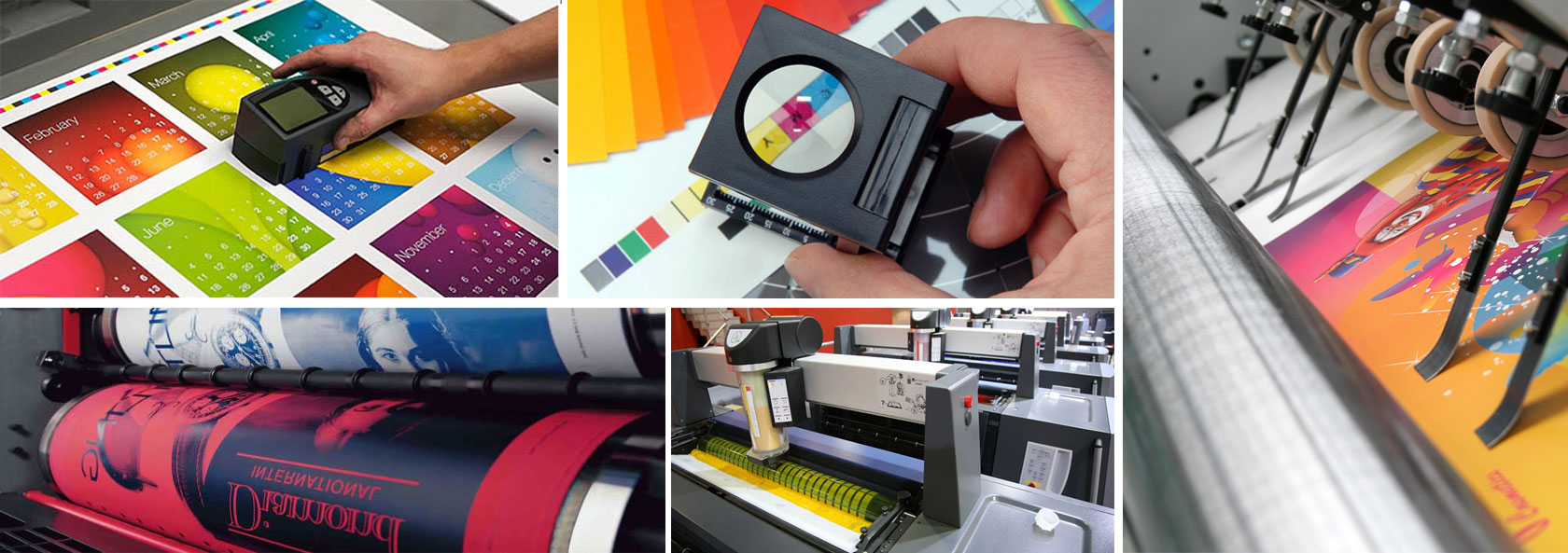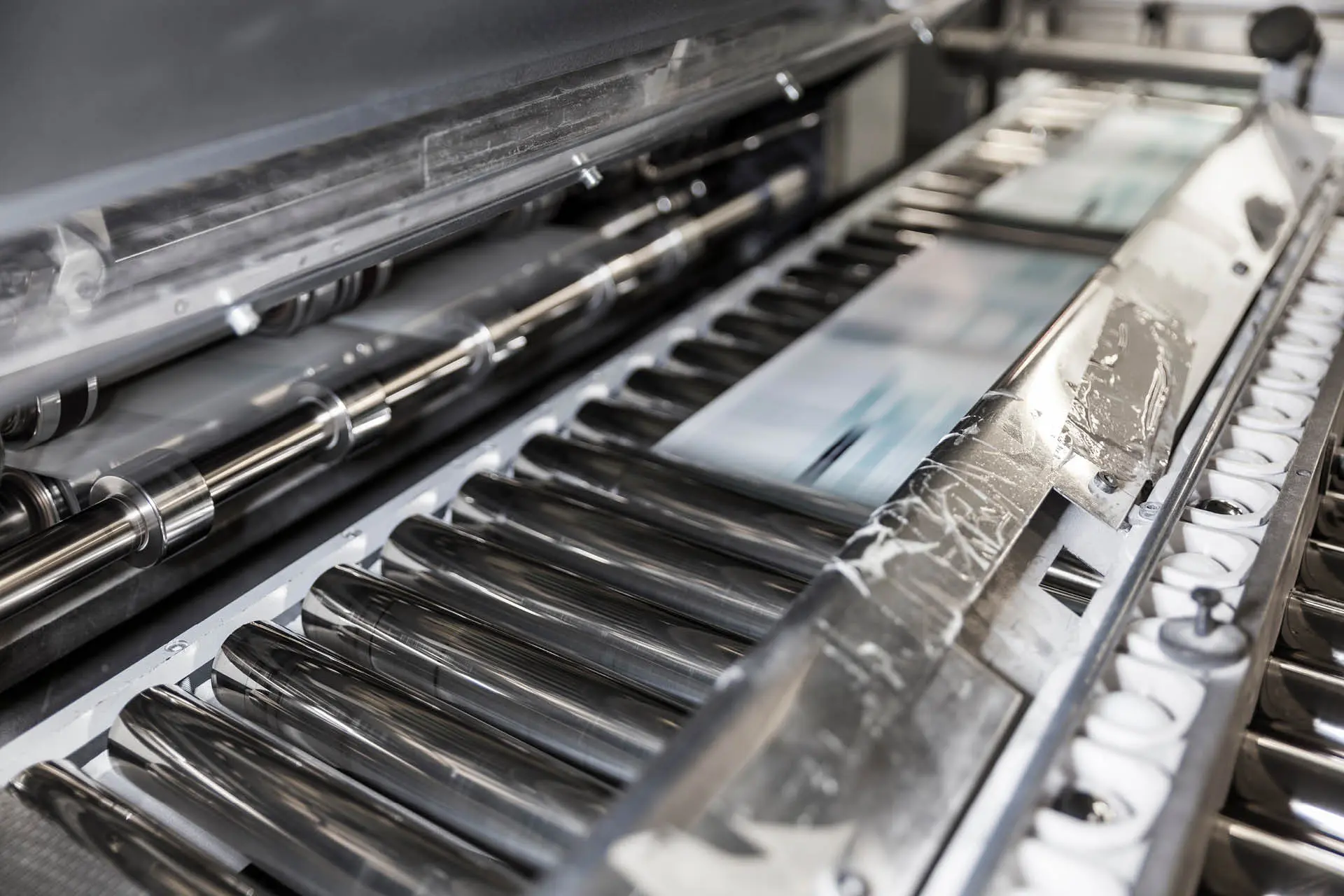litho printing Explained: A Walkthrough for Beginners
litho printing Explained: A Walkthrough for Beginners
Blog Article
A Comprehensive Guide to Recognizing Litho Printing Methods
The globe of litho printing, a technique stemming from the late 18th century, is a remarkable mix of background, scientific research, advancement and art. Keep with us as we journey right into the captivating realm of litho printing.
The Historic Evolution of Litho Printing
The historic trajectory of litho printing, a crucial technology in the realm of interaction, is a fascinating story of human ingenuity. Birthed in the late 18th century by Alois Senefelder, this technique was initially a cost-effective technique of releasing theatrical jobs. Lithography, originated from the Greek words for 'stone' and 'to compose', made use of a smooth rock surface area to transfer pictures onto paper. The process advanced with the advent of the rotary press, which substantially raised performance (litho printing). In the 20th century, the technology of countered lithography revolutionized the industry, enabling mass production of high-grade prints. Each stage of litho printing's development showcases mankind's unrelenting quest of effectiveness and top quality in aesthetic communication.
Translating the Science Behind Litho Printing Inks
Moving onward in the expedition of litho printing methods, the focus currently moves to the science behind litho printing inks. The make-up of these inks, their drying out procedure, and color mixing methods develop the backbone of this intricate art form. Understanding these aspects is critical to grasping the craft and achieving the desired print outcomes.
Composition of Litho Inks
In lithographic printing, the basic duty of litho inks can not be overstated. Pigments, the color-providing components, are finely ground bits put on hold in the lorry, a fluid that lugs the pigment onto the printing surface area. Each element plays an important component in the last print's quality, making the specific solution of litho inks a detailed science.
Ink Drying Refine
From the composition of litho inks, interest transforms to the interesting process of ink drying. 2 primary approaches are used in litho printing: oxidative drying out and absorption. Absorption, on the other hand, involves the ink permeating right into the paper fibers, which is a much faster process but can lead to much less dynamic colors.
Shade Mixing Strategies
While the drying out process plays a crucial duty in litho printing, the scientific research of shade blending strategies holds equivalent value. This is a complex procedure that involves the careful blending of main shades: cyan, magenta, and yellow, in varying proportions to achieve a large range of tones. The addition of black ink, called 'crucial', assists in controling the intensity and deepness of the shades. The scientific research behind litho printing inks also takes into account the openness of the ink, which influences just how colors overlay and mix. To accomplish an efficient color mix, print professionals must also understand the details of ink behavior, color theory, and the physical homes of the substratum on which the ink is applied.
The Art and Layout Components in Litho Printing
Litho printing takes a breath life into art and style via its distinct aspects. The process entails creating a picture on a lithographic limestone plate or metal plate with a smooth surface area. The photo is then published onto a tool, generally paper, by transferring the ink from the plate. What collections litho printing apart is its capacity to reproduce elaborate styles with high integrity, making the result virtually the same to the original art work. This is accomplished via making use of various line strategies such as stippling, hatching, and cross-hatching, which enable an array of tonal effects. Moreover, litho printing suits a selection of shades, allowing artists to develop vibrant and dynamic prints. This mix of accuracy and convenience makes litho printing a recommended option for several musicians and designers.
Modern Applications of Litho Printing Strategies
Litho printing strategies have located browse around here comprehensive usage in the modern industrial industry. Its influence and relevance proceed to expand with the arrival of new innovations and modern technologies in the field. This area will certainly check out these modern applications and the transformative function they play in the printing sector.
Commercial Litho Printing Makes Use Of
Litho printing stays a crucial part of the business sector. High-volume printing tasks, such as the production of books, newspapers, and product packaging, depend on litho printing for its capacity to deliver remarkable image top quality and cost efficiency. Litho printing likewise supplies a wide color range, remarkable to that of electronic printing.
Technologies in Litho Printing
Pushing the boundaries of traditional methods, modern improvements have actually sustained a host of advancements in litho printing. These breakthroughs have not just enhanced the top quality and effectiveness of litho prints yet likewise increased its application scope. One prominent growth is electronic litho printing, which combines the virtues of electronic innovation with litho's premium outcome. This hybrid model supplies faster configuration times, decreased waste, and makes it possible for on-demand printing. One more notable advancement is the intro of eco-friendly inks. These inks, made from vegetable or soy-based options, have actually substantially lowered the industry's environmental influence. litho printing. In addition, the growth of advanced plate technology has structured the printing process, resulting in sharper pictures and enhanced shade integrity. These advancements highlight the long-lasting significance of litho printing in the contemporary world.
Checking out the Process of Litho Printing: Detailed

Challenges and Solutions in Contemporary Litho Printing

Despite the accuracy and practice that litho printing happily upholds, it is not without its collection of modern challenges. Digital litho printing allows for cost-effective short runs and very easy personalization, resolving the issue of variable data. Hence, while there are difficulties, the litho printing market is proactively adjusting to fulfill them head-on, guaranteeing its relevance in the future.
Final thought
Finally, litho printing, with its abundant background and clinical details, holds a significant area in the print sector. As the guide discloses, it's a synthesis of art and technology, with modern-day improvements ensuring its significance. However, the industry faces difficulties that require cutting-edge solutions, with a focus on automation and sustainability. The future of litho printing rests on its capability to adjust to these transforming demands, verifying its long-lasting value in a look at this website progressing market.

Report this page